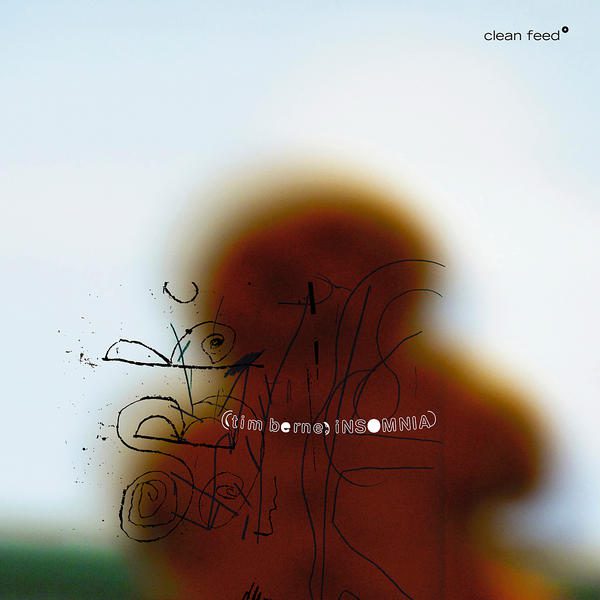
Tim Berne
Baikida Carroll (t), Chris Speed (cl), Dominique Pifarély (v), Erik Friedlander (cel), Jim Black (d), Marc Ducret (g), Michael Formanek (b), Tim Berne (as),
13,90 €
Out of stock
Insomnia might seem like a liability for someone who needs to be creative and sharp, but not always. Sleeplessness can give the eye another perspective – as if seeing through a kind of kaleidoscope: The things on the other end are the same, but they look different, other. Tim Berne didn’t sleep the night before he and a choice international octet recorded INSOMNIA live in the studio, summer 1997. “I wouldn’t suggest not sleeping before a session or a gig,” Berne says, “but in this case, it did make everything look sharper. It was a different kind of focus.” And this document is different, strikingly so. Released for the first time, INSOMNIA comprises two key Berne compositions – “the proposal” and “oPEN, cOMA,” each a half-hour long or more – refracted through an expansive, even orchestral sensibility. Eight musicians can sound like 20 in these beautifully textured arrangements, with chamber-music intimacy the order, rather than any typical big-band jazziness. The core of the band is Berne’s ’90s quartet Bloodcount: Berne on alto and baritone saxophones, double-bassist Michael Formanek, drummer Jim Black and reed man Chris Speed on clarinet. The rest of the rich ensemble is made up of veteran trumpeter Baikida Carroll and a complement of strings: violinist Dominique Pifarély, cellist Erik Friedlander and guitarist Marc Ducret on 12-string acoustic. “It’s just large enough to sound big, but it’s not too big to keep from being intimate,” Berne says. “The big band thing, per se, doesn’t really interest me. I’m not into some people improvising and the rest just playing backgrounds. Here, all the improvising actually makes the written notes sound more alive but also more lucid.” Composition and improvisation are threads woven together like a fantastic, multi-hued yarn on INSOMNIA. There are shades both bold and subtle; passages that are knife-edged, others that are limpid. There are extreme rhythmic intricacies, as well as disarming legato melodies and textures that feel wholly new. Moreover, instrumental episodes lead from one to another like chapters in a stream-of-consciousness narrative. “The big thing to me are the transitions – if they don’t work, the whole thing falls apart,” Berne says. “With the arrangements, it’s about balance, matching an instrument with very little sustain, like acoustic guitar, with one that has a beautifully sustained sound, like the cello. And the doubling allowed people to play lighter, with more subtlety, that intimacy I was looking for.” Even the album artwork –done by Steven Byram, who has created so many latter-day Berne covers – feeds into the kaleidoscopic impressions of INSOMNIA. “Byram’s work is beautiful in that organic way; it just adds to the vibe. You get stimulated even before you open the thing.”